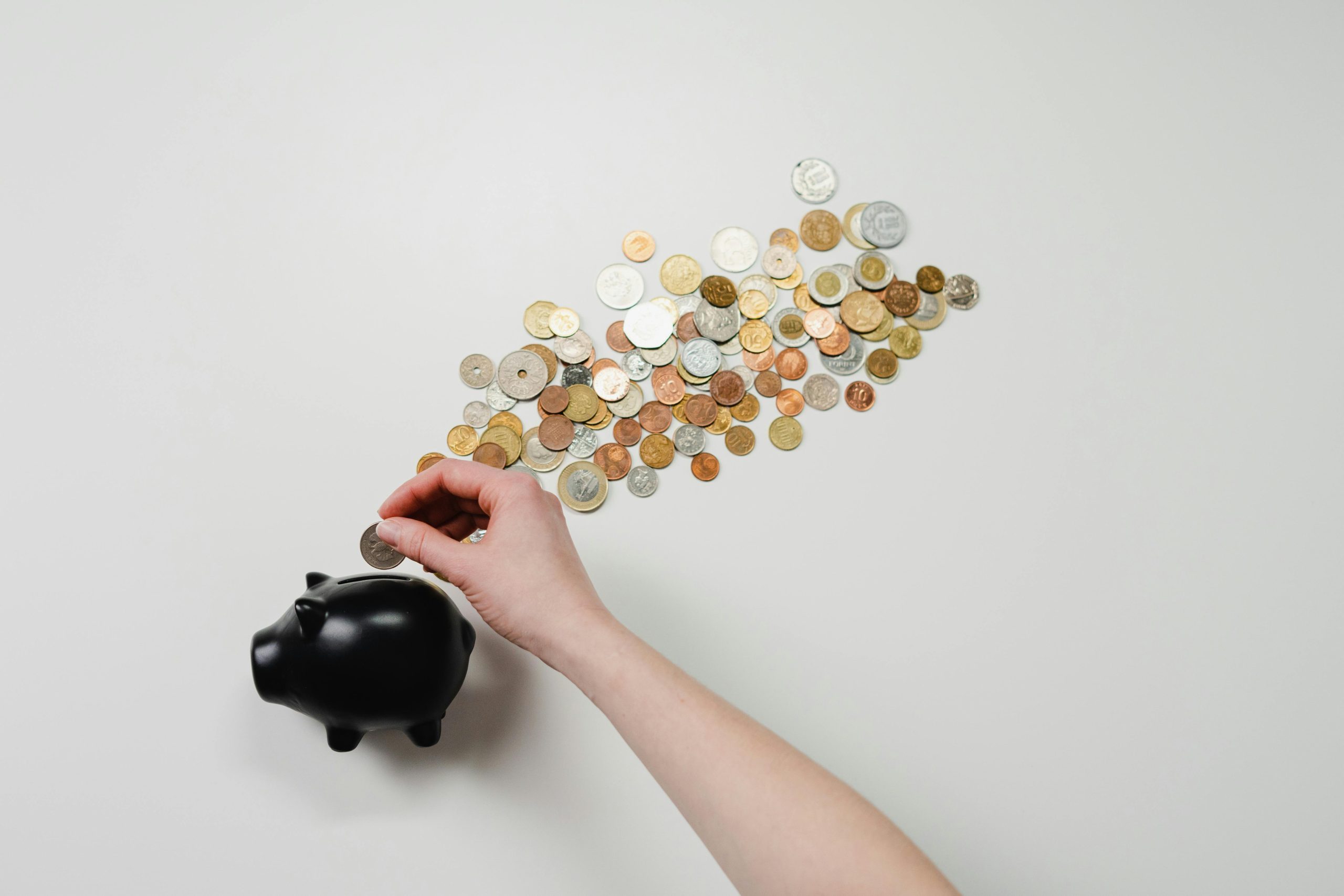Forecasts favor Czech crown as central europe’s gainer, but challenges loom ahead

Freshly released research from Reuters suggests that the Czech crown could emerge as the sole strengthening currency in Central Europe over the next 12 months. Other currencies either lack growth prospects or face persistent risks that may lead to their weakening.
In the Czech Republic and Hungary, the reduction in interest rates led to a depreciation of the crown and forint by approximately two percent. Conversely, the Polish zloty strengthened, nearing four-year highs against the euro, as the Polish central bank temporarily halted the easing of monetary policy.
Analysts anticipate the crown to hover around 25.30 against the euro in the upcoming months, near current levels stabilized after reaching two-year lows around 25.50 against the euro in February. However, it should begin to strengthen towards the 25.20 CZK/EUR mark in the third quarter, with median estimates suggesting its exchange rate to reach 24.88 against the euro within 12 months, roughly a two percent appreciation from current levels.
Considerable dispersion in forecasts, ranging from 23.40 to 26.50 crowns per euro, illustrates the uncertainty. Institutions ranking high in long-term crown forecasts on Reuters anticipate a rate of 24.40 CZK within the year.
“The expected strengthening of the crown will primarily stem from the gradual revival of domestic economic activity this year,” stated Jaromír Gec, an economist at Komerční banka, according to Reuters. Moreover, the domestic currency may also benefit positively from a high surplus in foreign trade. Preliminary data from the Czech Statistical Office indicated a surplus of 34.6 billion crowns in February, up by 19.7 billion year-on-year.
This outcome significantly surpassed all expert expectations, according to Lukáš Kovanda, chief economist at Trinity Bank. “The surplus for the entire year was expected to amount to 140 billion crowns, and its relatively high level will substantially contribute to strengthening the crown below the 25 crowns per euro level still this year,” the economist noted.
A surplus in the trade balance indicates that a country exports more goods and services than it imports, increasing demand for the domestic currency and leading to its appreciation as foreign partners exchange their currencies for crowns to purchase Czech products.
The real stress test for the crown may come in autumn with the U.S. elections, according to economists from Patria Finance and ČSOB Financial Markets. They warn that if Donald Trump were to win and tariffs were to increase by ten percent, it could have significant negative effects on German exports and investments, ultimately impacting not only the euro but also all Central European currencies, including the crown. Moreover, higher U.S. tariffs could likely result in increased U.S. inflation and higher interest rates by the U.S. Fed, posing further challenges for the crown.
Photo source: www.pexels.com
Author of this article
WAS THIS ARTICLE HELPFUL?
Support us to keep up the good work and to provide you even better content. Your donations will be used to help students get access to quality content for free and pay our contributors’ salaries, who work hard to create this website content! Thank you for all your support!





OR CONTINUE READING